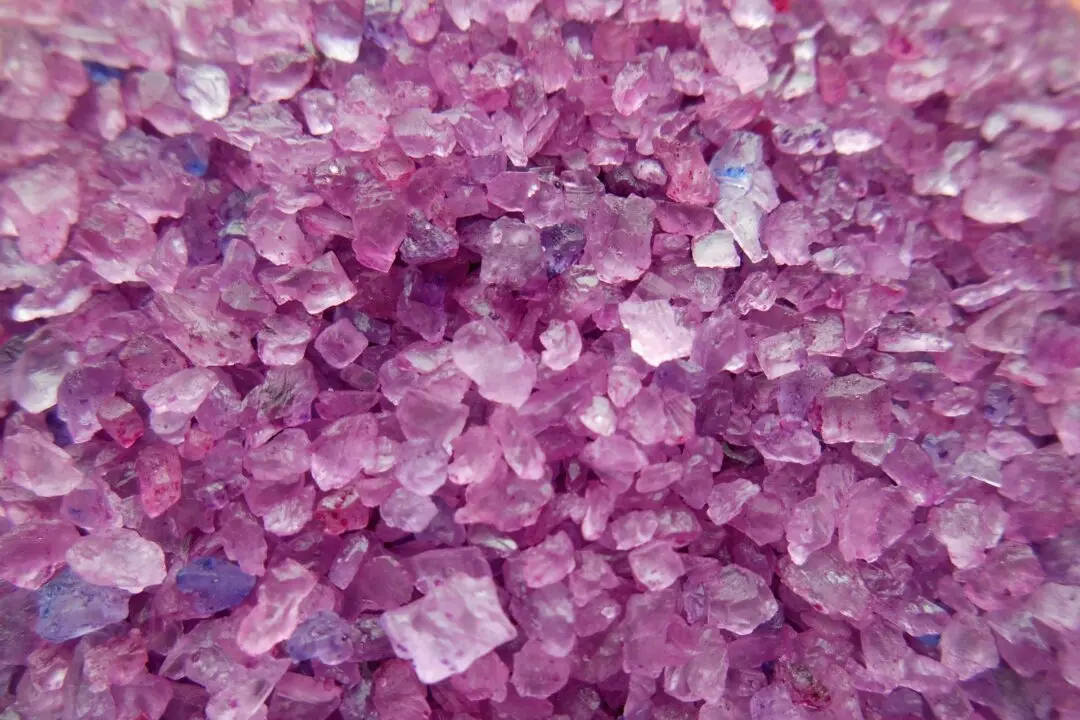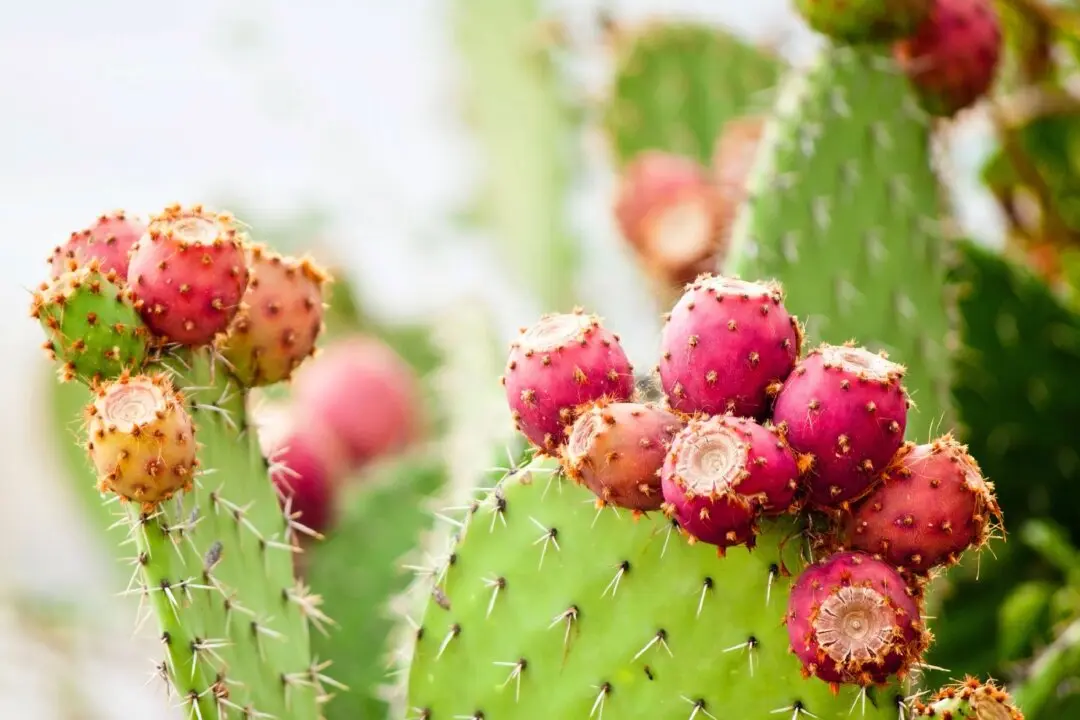Depending on where you live, there may be food shortages as we head into summer. Now is a perfect time to stock up on fresh local produce as the growing season bursts forth.
Most of us don’t think twice about going to the store when we need groceries. We are used to buying what we need and not much more. With the possibility of an impending food shortage, you may have to look further than your local supermarket or big box store.






